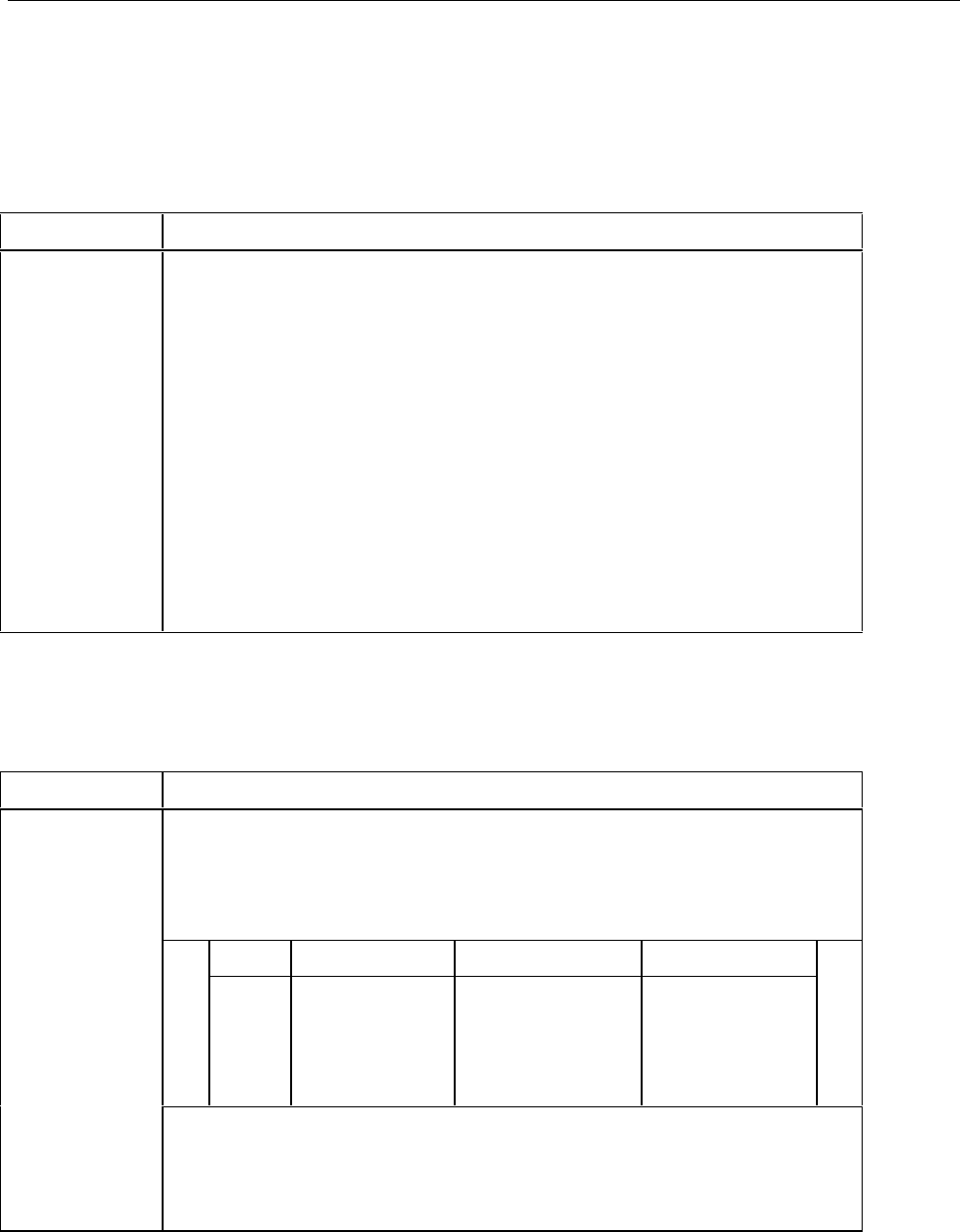user manual
Table Of Contents
- 45 Dual Display Multimeter
- 1. Introduction
- 2. Getting Started
- 3. Operating the Meter From the Front Panel
- 4. Applications
- 5. Operating the Meter Using the Computer Interface
- Introduction
- Preparing the Meter for Operations via the RS-232 Interface
- Preparing the Meter to be Operated via IEEE-488 Interface
- Getting Started With An Installation Test
- How the Meter Processes Input
- How the Meter Processes Output
- Triggering Output
- Service Requests (IEEE-488 Only and Status Registers
- Computer Interface Command Set
- IEEE-488 Capabilities and Common Commands
- Function Commands and Queries
- Function Modifier Commands and Queries
- Range and Measurement Rate Commands and Queries
- Measurement Queries
- Compare Commands and Queries
- Trigger Configuration Commands
- Miscellaneous Commands and Queries
- RS-232 Remote/Local Configurations
- Sample Program Using the RS-232 Computer Interface
- Sample Programs Using the IEEE-488 Computer Interface
- 6. Maintenance
- Appendices

Operating the Meter Using the Computer Interface
Computer Interface Command Set
5
5-27
Compare Commands and Queries
The commands in Table 5-15 cause the meter to determine whether a measurement is
higher than, lower than, or within a specified range. These commands correspond to the
COMP, HI, and LO buttons on the front panel.
Table 5-15. Compare Commands and Queries
Command Description
COMP
COMP?
COMPCLR
COMPHI
<high value>
COMPLO
<low value>
HOLDCLR
Meter enters compare (COMP) function. Touch Hold is automatically turned on.
(Touch Hold can be turned off with "HOLDCLR" command.)
Meter returns "Hl" if the last COMP measurement reading was above the compare
range, "LO" if it was below it, "PASS" if within compare range, or "—" if a
measurement has not completed.
Meter exits compare function (and Touch Hold if it is selected), and restores display to
normal operation.
Sets "HI" compare (COMP) value to <high value>. <high value> can be a signed
integer, signed real number without exponent, or signed real number with exponent.
Sets "LO" compare (COMP) value to <low value>. <low value> can be a signed
integer, signed real number without exponent, or signed real number with exponent.
Meter exits Touch Hold and restores display to normal operation, but does not exit the
compare function.
Trigger Configuration Commands
The commands in Table 5-16 set and return the trigger configuration.
Table 5-16. Trigger Configuration Commands
Command Description
Sets the trigger configuration to <type>.
<type> corresponds to a number between 1 and 5 selected from Table 5-15A. If the
<type> entered is not one of these numbers, an Execution Error is generated.
Table 5-15A. Trigger Type
Type Trigger Rear Trigger Settling Delay
1
2
3
4
5
Internal
External
External
External
External
Disabled
Disabled
Disabled
Enabled
Enabled
Off
On
Off
On
TRIGGER
<type>
TRIGGER?
Select a trigger type with the settling delay (type 3 or 5) enabled when the input signal
is not stable before a measurement is triggered. Typical settling delays are provided
in Table 4-4.
Returns the trigger <type> set by the TRIGGER command.










